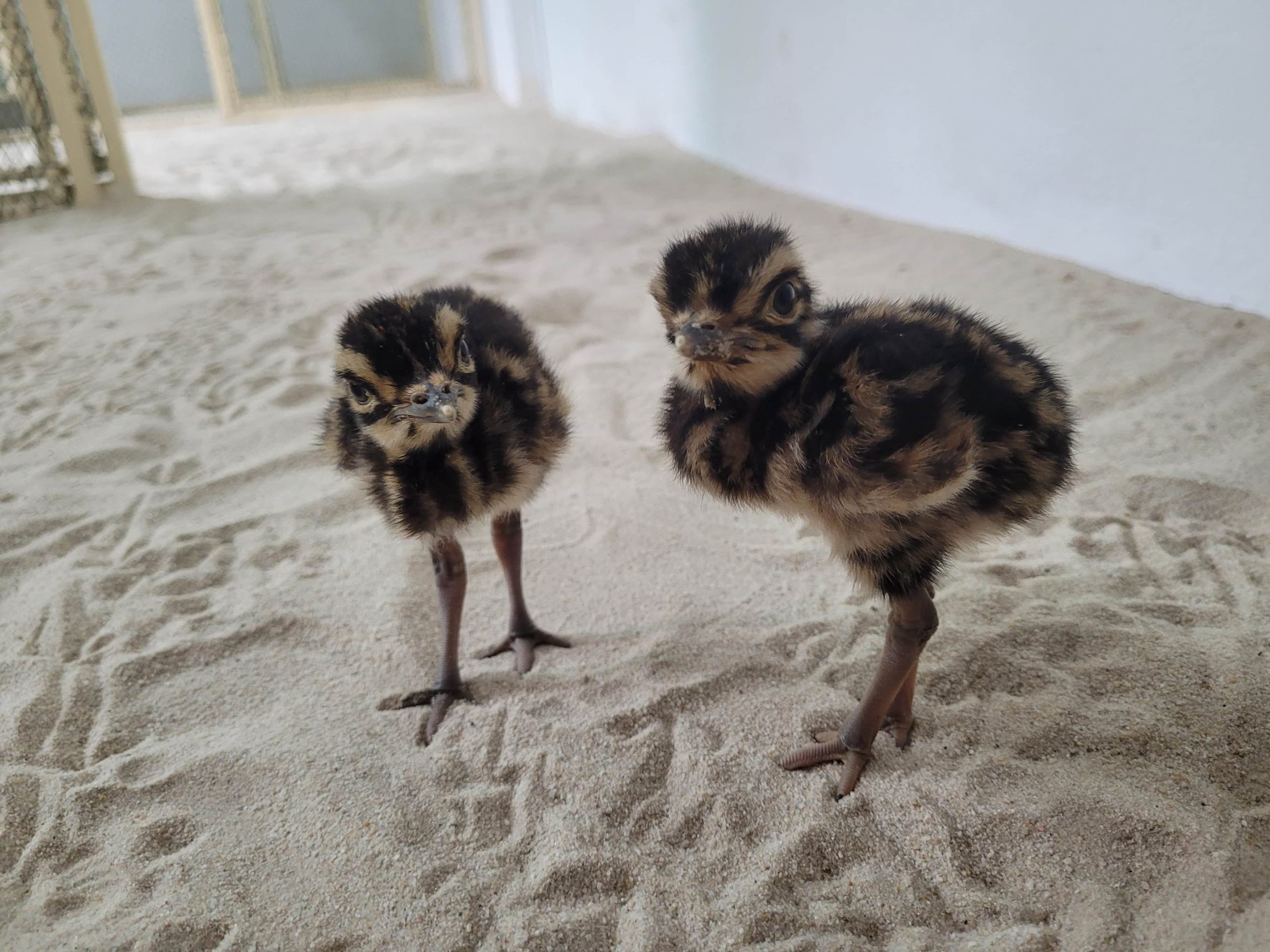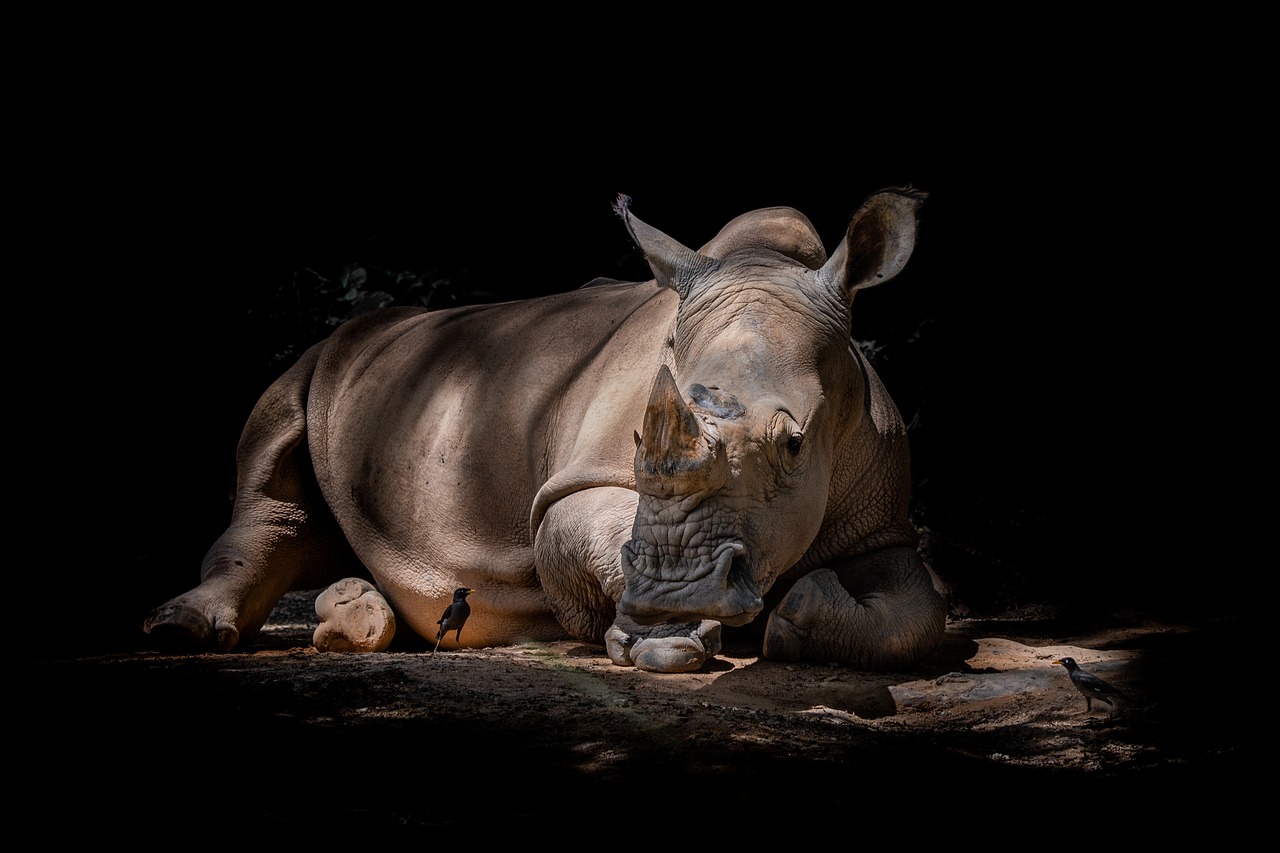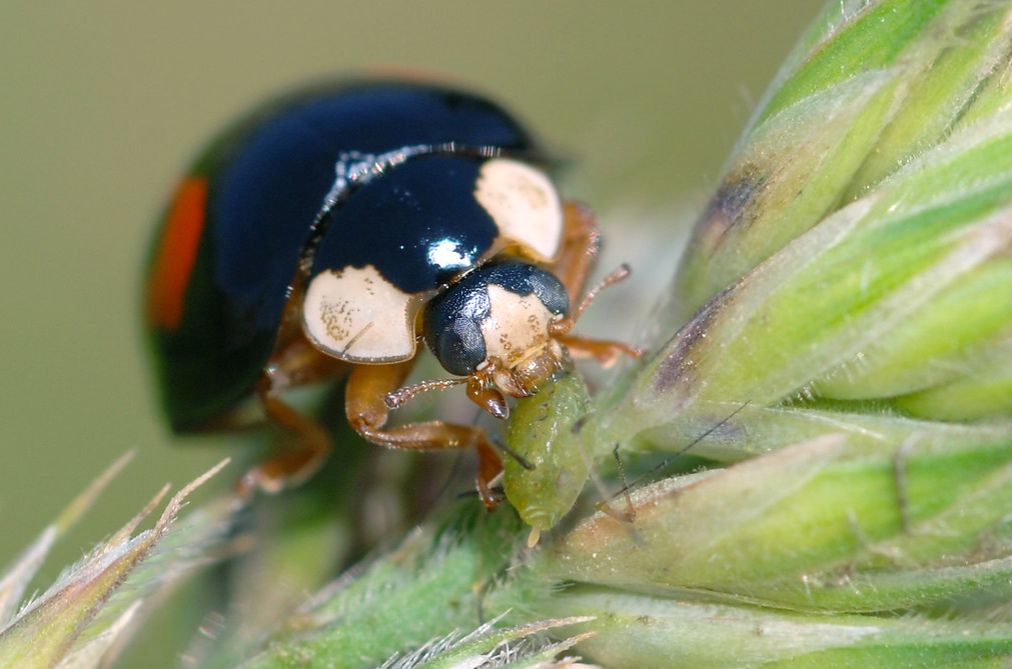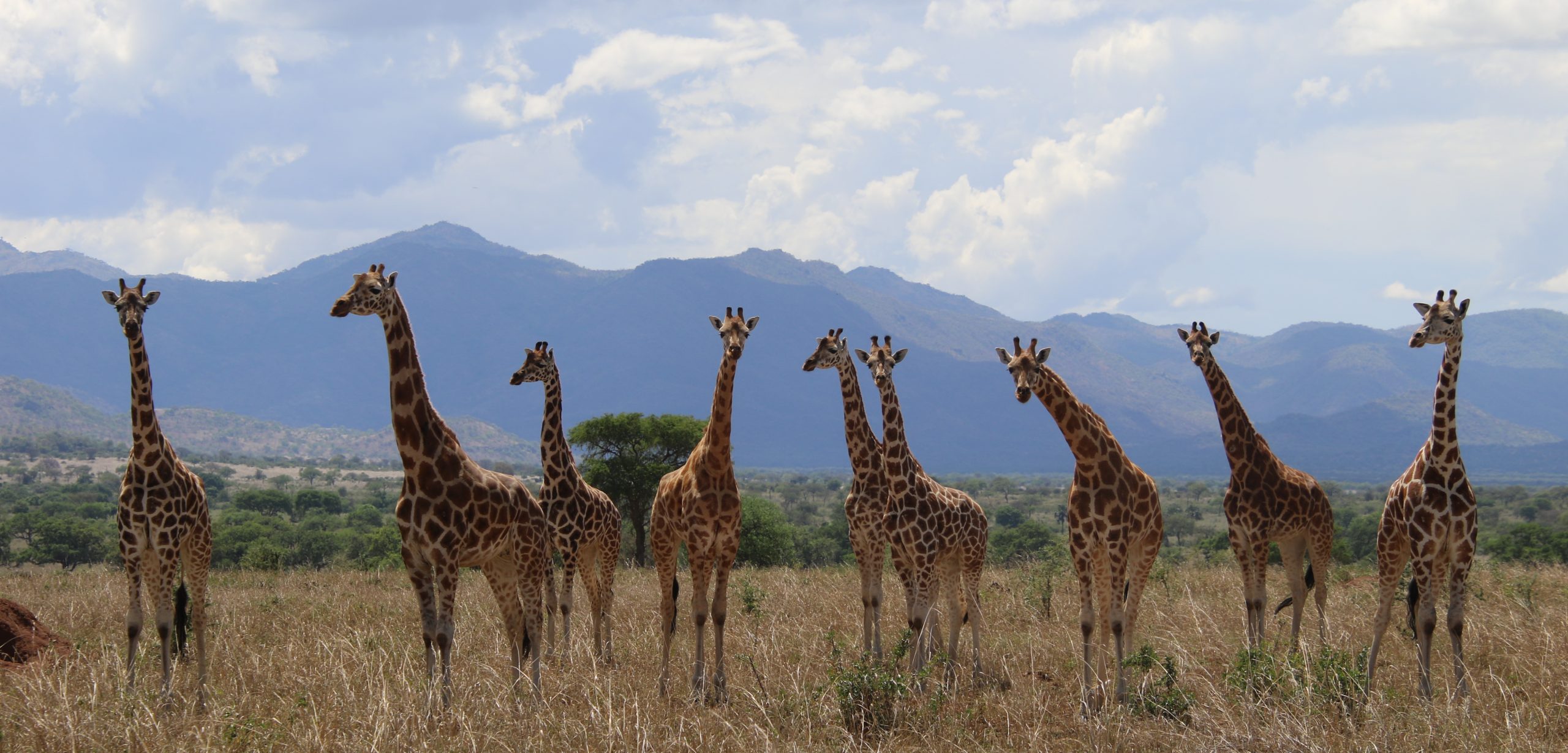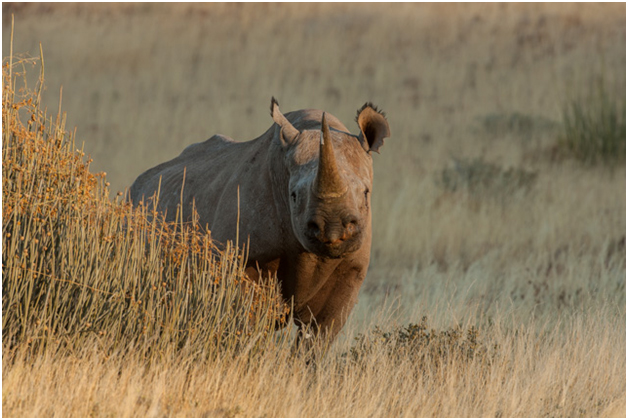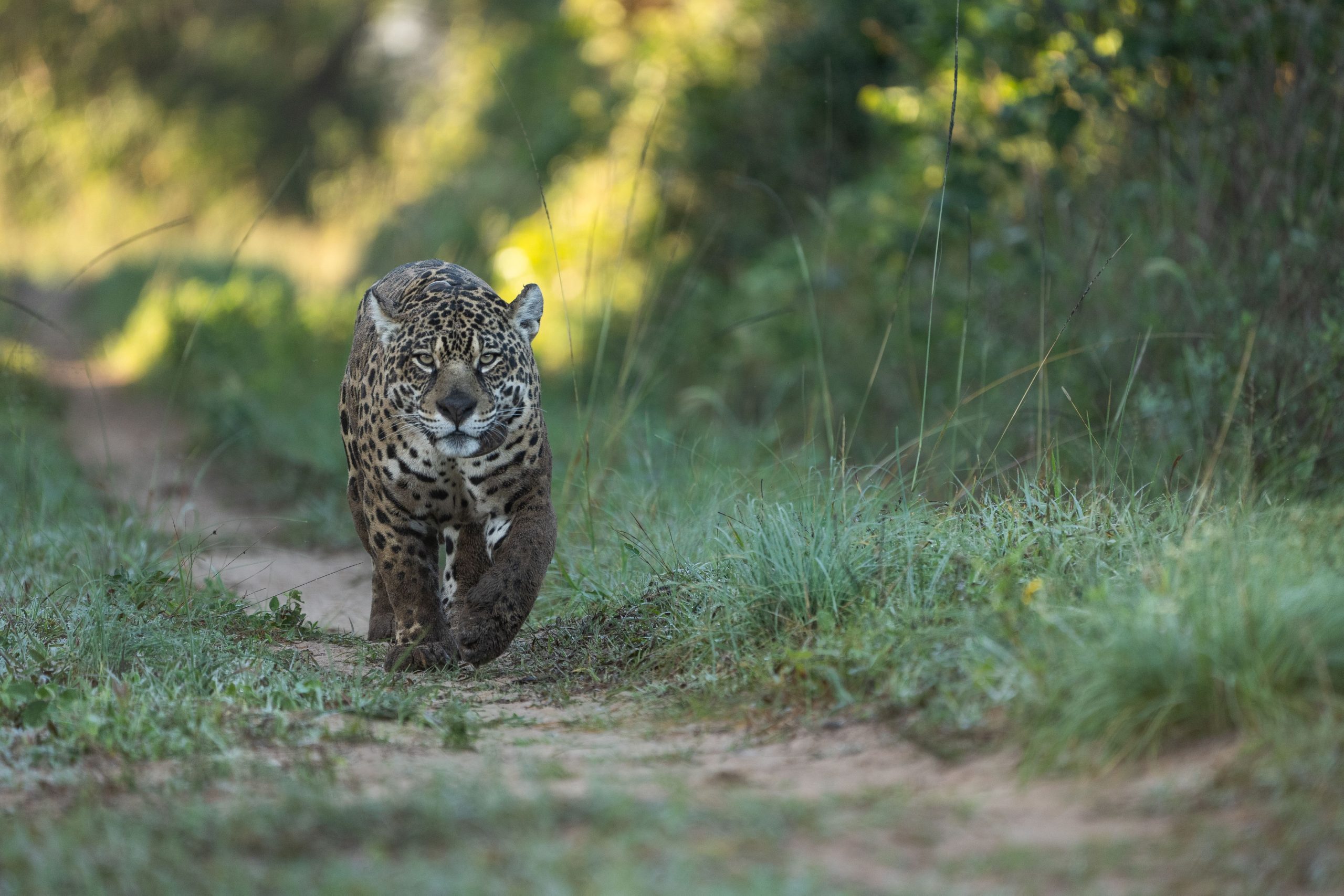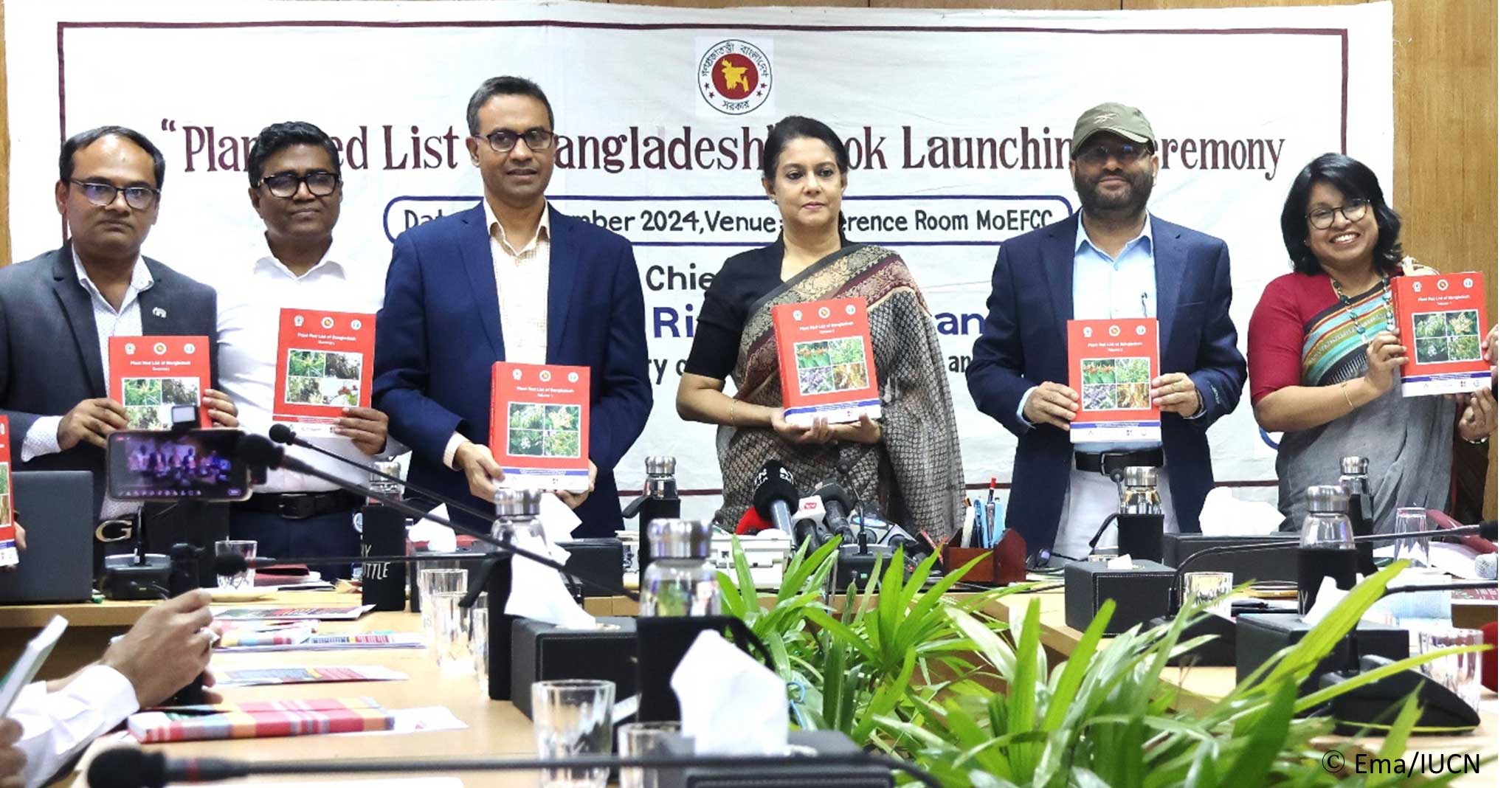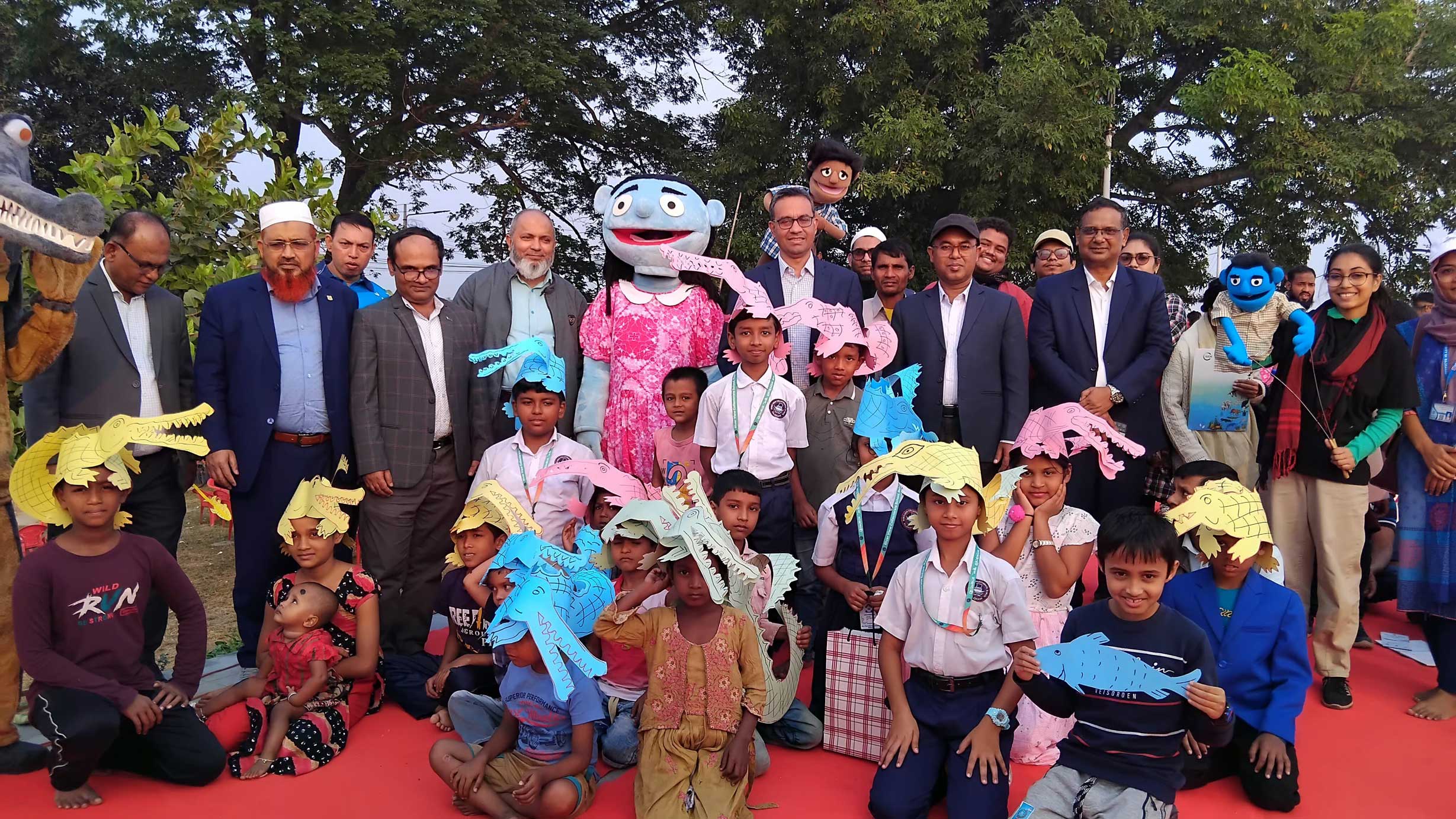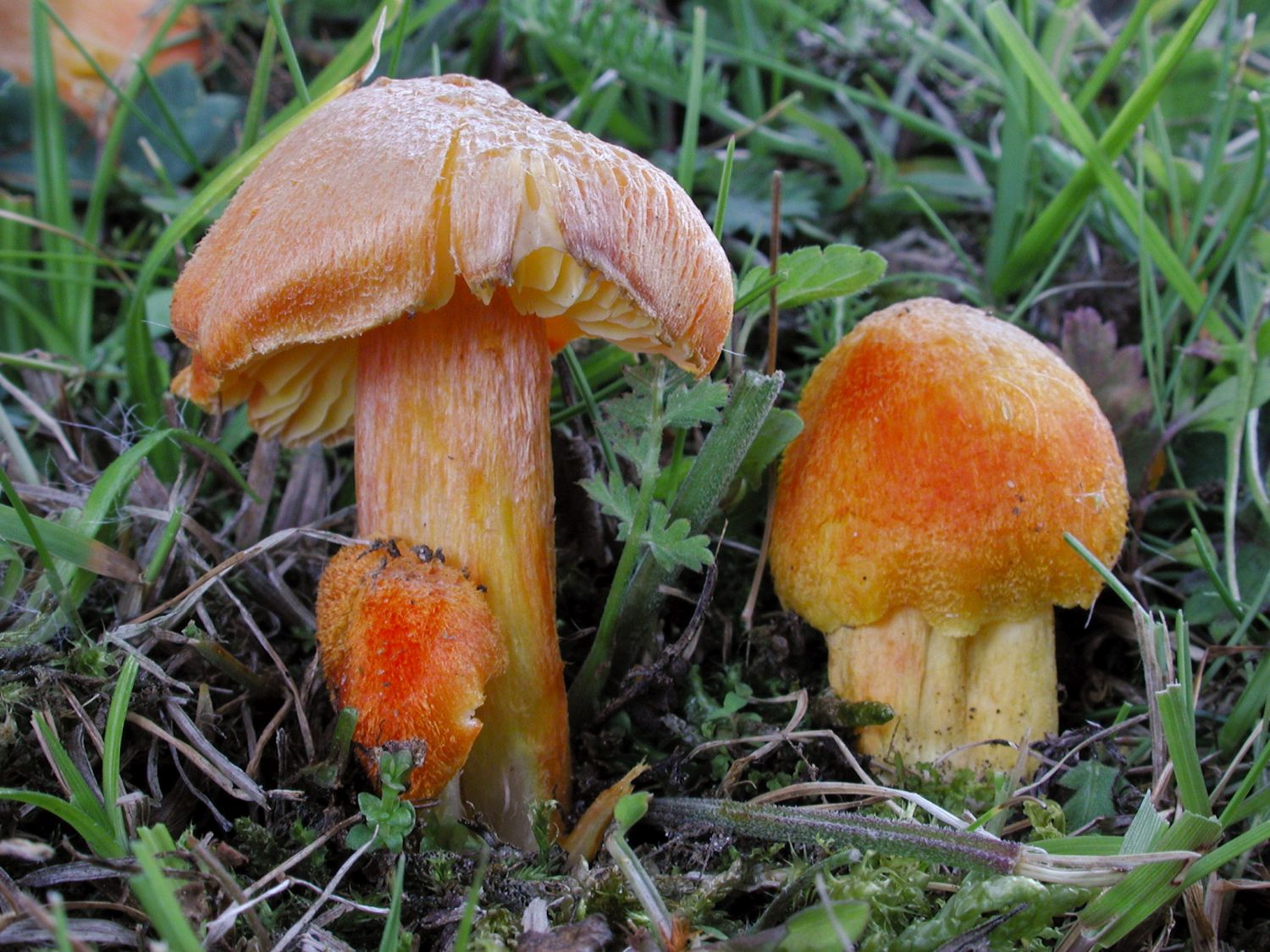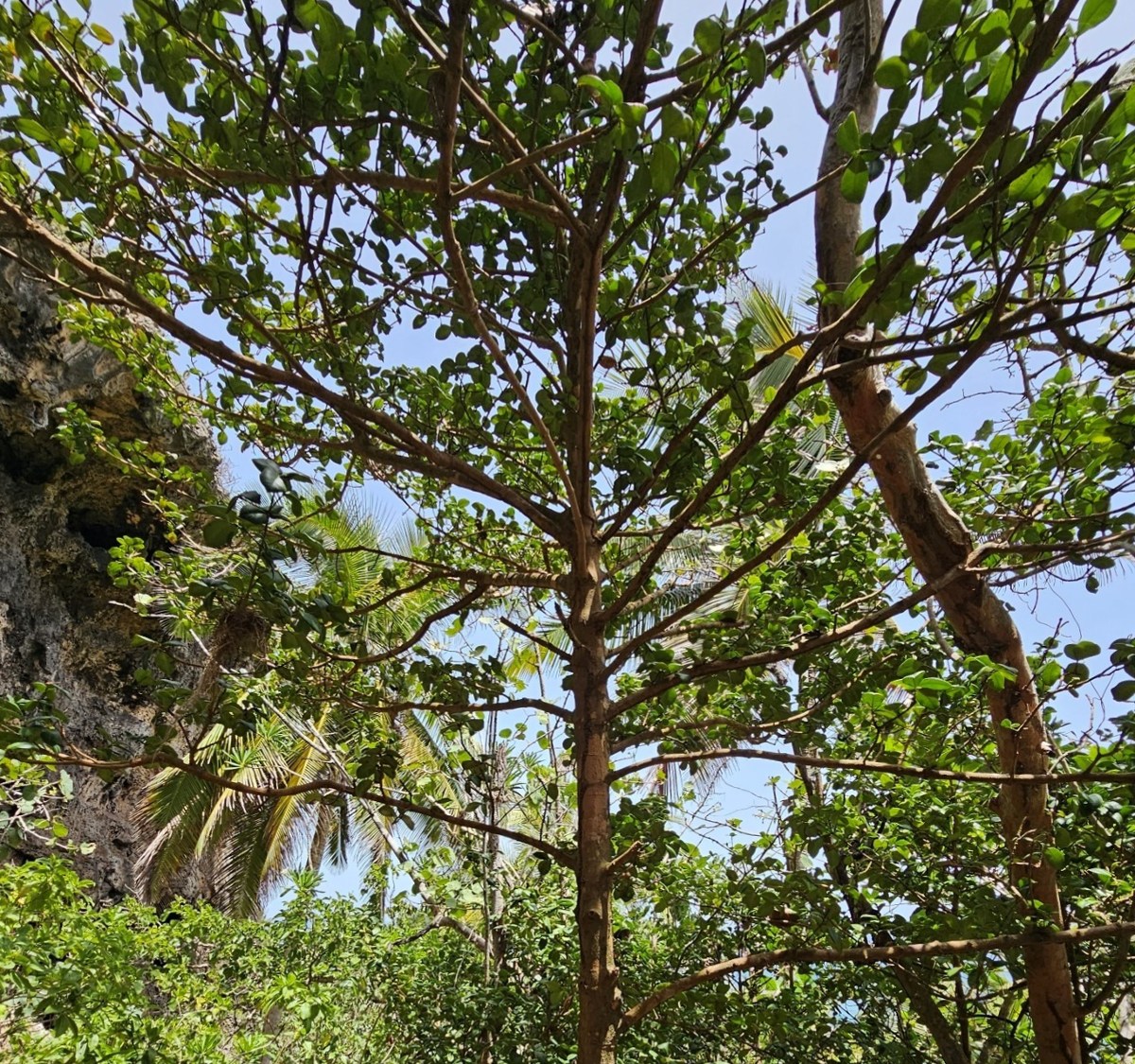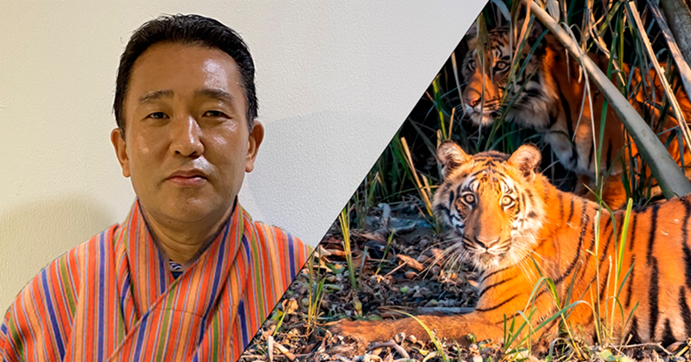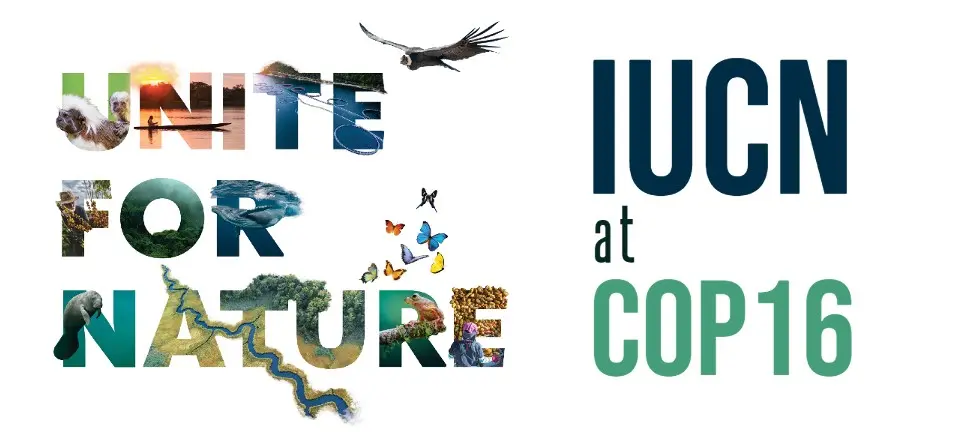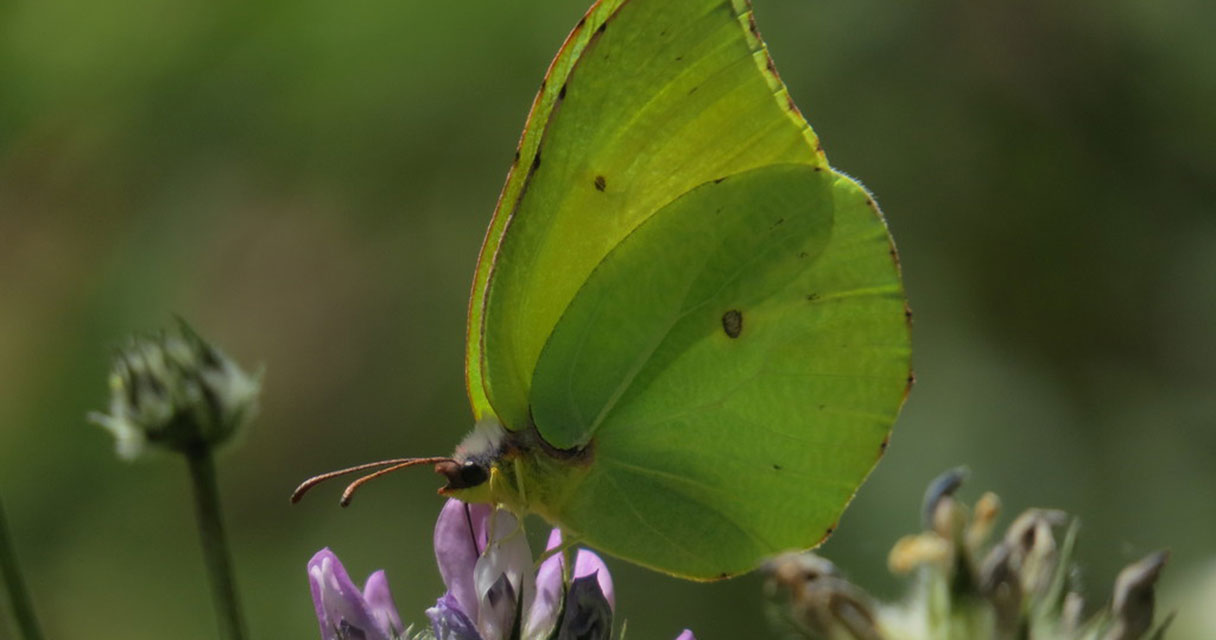IUCN has adopted the first-ever global policy on synthetic biology and nature conservation.
Related content
Primary tools and resources
Integrated Biodiversity Assessment Tool (IBAT)
IBAT is a biodiversity impact assessment tool that enables companies and other users to screen the potential risks to biodiversity and key sites from proposed development. IBAT is
based on three global datasets, the IUCN Red List of Threatened Species, World Database on Protected Areas, and World Database of Key Biodiversity Areas]. IBAT provides data, tools, and guidance to assist organisations in acting on biodiversity-related risks and opportunities, and provide sustainable funding to support biodiversity datasets. IBAT has a GIS download service which is available through five plans, ranging from free to USD 35,000 /year, according to the level of access required. Data can be downloaded at global level or at more local levels. Biodiversity data reports can be generated as a pdf document, or as raw data in CSV format, and/or map files. IBAT report templates include a simple proximity report, a World Bank Group risk report, and a freshwater report.
Tracking Economic Instruments and Finance for Biodiversity
The OECD Environmental Policy Committee, through its unique database of Policy Instruments for the Environment (PINE), collects quantitative and qualitative information on policy instruments from more than 120 countries worldwide. This brochure presents statistics on the biodiversity-relevant economic instruments and the finance they mobilise, based on
currently available data. The brochure also includes information on payments for ecosystem services (PES) and on biodiversity offsets, two other types of economic instruments that provide incentives for biodiversity conservation and its sustainable use.
Guidelines for wildlife disease risk analysis
This IUCN-OIE publication provides an overview of the science-based processes and tools available for wildlife disease risk analysis and their application to a broad range of contemporary issues, including human-wildlife interactions, domestic animal-wildlife interactions and the impacts of massive ecological change on biodiversity conservation. The guidelines will be of value to those policy makers and decision makers faced with the social, political and technical complexities involved in wildlife-disease-associated scenarios.This is a companion volume to the Manual of Procedures for Wildlife Disease Risk Analysis.
IUCN Important Marine Mammals Areas (IMMAs)
Important Marine Mammal Areas (IMMAs) are defined as discrete portions of habitat important to marine mammal species that have the potential to be delineated and managed for conservation. IMMAs consist of areas that may merit place-based protection and/or monitoring. IMMAs are identified through an independent, expert process.
Business for Nature’s Recommendations to Governments on How to Implement Target 15 of the Global Biodiversity Framework
This paper, produced in 2023, provides recommendations on implementing Target 15(a), especially the way governments can take legal, administrative, or policy measures to:
1) Encourage and enable businesses to regularly monitor, assess, and transparently disclose their risks, dependencies and impacts on biodiversity; and
2) Require all large, and transnational companies and financial institutions do so, including along their operations, supply and value chains, and portfolios. The paper also contains information, resources and capacity-building opportunities, recommendations for businesses to act now on assessment and disclosure, and case studies of government policies and business action on disclosure. The paper focuses on paragraph 15(a) as the most urgent starting point to ensure business and financial institutions are assessing and disclosing nature-related risks, dependencies, and impacts, and that this information is included in all decision-making by the private sector, finance, and governments.
The FairWild Standard
The FairWild Foundation’s mission is to enable transformation of natural resource management and business practices to be ecologically, socially, and economically sustainable along the value chains of wild-collected products. The FairWild Standard
includes principles and guidance for use throughout these value chains. Together with its system of certification, it provides assurance of ethical and responsible practices across three dimensions of sustainability – ecological, socio-cultural, and business. The FairWild Standard 3.0 contains 7 Principles and 24 Criteria. Adherence to the FairWild Principles ensures that businesses in value chains for wild harvest ingredients act ethically and sustainably and make a positive contribution to the conservation of biodiversity. The FairWild Standard Performance Indicators outline the factors that contribute to the risk of unsustainable wild collection of target species.
Mainstreaming Biodiversity for Sustainable Development
The Organisation for Economic Co-operation and Development (OECD) produced Mainstreaming Biodiversity for Sustainable Development for biodiversity policymakers and practitioners in developed and developing countries, as well as development co-operation agencies and other national ministries. The report highlights examples of good practice and remaining challenges in four key areas: mainstreaming biodiversity at national level; mainstreaming biodiversity in the agriculture, forestry, and fisheries sectors; development co-operation and biodiversity mainstreaming; and monitoring and evaluating biodiversity mainstreaming. Examples and insights are included from 16 predominantly megadiverse countries which span the full range from high-income to lower-income economies. The national level entry point for biodiversity mainstreaming is important and elements to encourage mainstreaming and its implementation in practice across relevant national plans and strategies.
How to use
The policy highlights report can be downloaded at: https://www.oecd.org/environment/resources/Policy-Highlights-Mainstreaming-Biodiversity-for-Sustainable-Development.pdf
Further information on the OECD is available at: https://www.oecd.org/
Global Biodiversity Information Facility
GBIF is an international network and data infrastructure funded by the world’s governments. It provides open access to data on all types of life on Earth. GBIF provides data-holding institutions around the world with common standards, best practices and open-source tools enabling them to share information on species. The data derive from many sources, from museum specimens collected in the 18th and 19th centuries to DNA barcodes and citizen science smartphone photos.
The network collates these diverse data sources through data standards, including Darwin Core, which forms the basis for most of GBIF’s index of hundreds of millions of species occurrence records. Publishers provide open access to their datasets using machine-readable Creative Commons licence designations, allowing scientists, researchers, and others to apply the data.
Strategic Environmental Assessment (SEA)
Strategic Environmental Assessment (SEA) is one of the main tools available to achieve integration of the principles of sustainable development into country policies and programmes, involving a range of analytical and participatory approaches. SEAs are becoming more urgent and necessary but moving from concept to action and towards results has varied. The OECD has produced guidance notes that promote a more harmonised, effective approach to SEA, working alongside key donor and development agencies. The Guidance explains the benefits of using SEA in development co-operation, sets out key steps for its application based on recent experiences, and presents the nine most interesting case studies of SEA in progress.
WTO Agreement on Fisheries Subsidies
The World Trade Organization (WTO) Agreement on Fisheries Subsidies, was adopted at the 12th Ministerial Conference (MC12) on 17 June 2022. It prohibits harmful fisheries subsidies, which are a key factor in the widespread depletion of the world’s fish stocks.
Members also agreed at MC12 to continue negotiations on outstanding issues with a view to making recommendations by MC13 for additional provisions to further enhance the disciplines of the Agreement.
Emprendiendo en la conservación
Basándose en ejemplos de los sectores de tecnología y de empresas emergentes (startups), la UICN desarrolló la idea de una incubadora para identificar y alimentar las ideas de los administradores de áreas protegidas y de otros agentes que carecen de conocimientos, recursos o contactos profesionales para hacerlas realidad: la Incubadora para la Conservación de la Naturaleza (INC, por sus siglas en inglés). El objetivo del presente documento es reunir las lecciones, ejemplos y recursos clave generados a través del trabajo de INC para guiar futuros proyectos de financiamiento de la conservación y ayudar a cerrar la brecha entre conservación e inversión.
The Urban Nature Indexes
The IUCN Urban Alliance, a broad coalition of IUCN constituents concerned with the urban dimensions of nature conservation, has unveiled a new knowledge product for measuring the ecological performance of cities: the IUCN Urban Nature Indexes (UNI). Comprising six themes with five indicator topics nested within each theme, the UNI is intended to help policymakers, stakeholders and local communities understand their impacts on nature, set science-based targets for improvement, and monitor progress using science-based measures. By enhancing environmental transparency and accountability, and by focusing on improvement rather than fixed targets, the UNI aims to catalyse local action for nature in all cities.
CBD voluntary guidelines on Traditional Knowledge and ILPCs
The UN Convention on Biodiversity has developed sets of detailed guidance on ILK. These include the Tkarihwaié:ri Code of Ethical Conduct to Ensure Respect for the Cultural and Intellectual Heritage of Indigenous and Local Communities Relevant to the Conservation and Sustainable Use of Biological Diversity; the Mo’otz Kuxtal Voluntary Guidelines for the development of mechanisms, legislation or other appropriate initiatives to ensure the “prior and informed consent”; and The Rutzolijirisaxik Voluntary Guidelines for the Repatriation of Traditional Knowledge of Indigenous Peoples and Local Communities Relevant for the Conservation and Sustainable Use of Biological Diversity
The Collaborative Partnership on Sustainable Wildlife Management (CPW)
CPW is a voluntary partnership of several international organizations that have mandates and programmes for the sustainable use and conservation of biodiversity. The CPW was Current members are the Convention on Biological Diversity, the Center for International Forestry Research, CITES, CMS, FAO, the International Council for Game and Wildlife Conservation (CIC), the International Indigenous Forum on Biodiversity (IIFB), the International Trade Centre (ITC), IUCN, the International Union of Forest Research Organizations, TRAFFIC, and UNEP. The goal of CPW is to increase cooperation between partners and other stakeholders and promote the conservation of terrestrial vertebrate wildlife through sustainable management. Its main working areas are the provision of knowledge and support for issues related to wildlife, food security and sustainable livelihoods as well as on solving human–wildlife conflict and illegal and unsustainable hunting.
IUCN Red List of Threatened Species
The IUCN Red List of Threatened Species (the Red List) is the globally recognised standard on assessing extinction risk. Red List assessments are used by the Convention on Biological Diversity, CITES, other inter-governmental agreements, national governments, and conservation planners. The Red List assigns species into one of 8 categories based on 5 criteria, all with quantitative thresholds. The three highest categories of threat – Critically Endangered, Endangered, Vulnerable – are collectively considered ‘Threatened’. The Red List process has been formalized to support objectivity and scientific rigour. Red List assessments are carried out by SSC Red List Authorities, Red List Partners, IUCN staff, and regional and national agencies. In addition, Red List assessments provide a compendium of information on species, (taxonomy, geographic range, population, habitat and ecology, threats, conservation actions). The Red List operates at global, regional, and national levels. Guidelines for application at national or regional levels have been developed and the National Red List Working Group provides additional support.
Red List Authorities have been established for all major taxonomic groups included on the IUCN Red List. In most cases, the RLA is a sub-group within an IUCN SSC Specialist Group responsible for the species, groups of species or species within a specific geographic area. There are some exceptions; for example, BirdLife International is the designated RLA for all birds.
The process is guided by Rules of Procedure, supported by guidelines on application of the Red List Categories and Criteria, the Species Information Service (SIS) data entry and management system, and certification for assessors and RL trainers. All these materials can be downloaded, free, from the Red List website. A free, online training course for Red List assessors, is available.
Species can be assessed for the Red List at global, regional, and national levels. Guidelines for the Regional (and national) Application of the Categories and Criteria have been developed and support for development of national Red Lists is available from the National Red List Working Group.
How to use
- To check the global Red List status of a species and access the supporting information, visit the species assessment page on the Red List website
- To download the Red List Categories and Criteria, Guidelines, Rules of Procedure, and Guidelines for Application at Regional Level go the Red List resources
- To initiate or to contribute to a global assessment, contact the Chair of the relevant IUCN SSC Specialist Group or Red List Authority, for birds, see BirdLife International
- For taxonomic groups not listed, contact the relevant IUCN SSC Conservation Committee: Marine, Invertebrate, Plant, Fungi, Freshwater, Red List, Standards and Petitions.
- To develop a National Red List for a species or group of species visit the National Red List Working Group
- To obtain details or register for an online Red List training course: https://www.iucnredlist.org/resources/online
ECOLEX
ECOLEX is an information service on environmental law, operated jointly by FAO, IUCN, and UNEP. Its purpose is to build global capacity by providing the most comprehensive possible source of information on environmental law, in an easily accessible form. This is particularly helpful in developing countries and countries with economies in transition, where government officials, practitioners, environmental managers, non-profit institutions and academia may not have easy access to the information they need to develop the legal tools needed to promote environmental management.
The ECOLEX database includes information on treaties, international soft-law and other non-binding policy and technical guidance documents, national legislation, judicial decisions, and law and policy literature. Users can access the abstracts and indexing information about each document, as well as to the full text of most of the information provided.
Environmental and Social Impact Assessment (ESIA)
An ESIA is a statement about the likely impacts of a proposal and how the identified negative impacts can be mitigated and managed and how the positive impacts can be enhanced. The purpose of this review procedure is to ensure that the Initial Environmental Examination (IEE) and the Environmental Impact Assessment (EIA) reports provide adequate assessment and protection measures to manage environmental and social impacts. A systematic approach to review is needed to ensure that the environmental and social impact assessment reports comply with requirements, are consistent with standards of good practice, and provide good quality information to support decision making.
The Global Strategy for Plant Conservation (GSPC)
The GSPC – A Plan to Save the World’s Plant Species – highlights the importance of plants and the ecosystem services they provide for all life on earth, and aims to ensure their conservation. The GSPC includes 16 targets for plant conservation. An updated GSPC was formally adopted at the 10th meeting of the Conference of the Parties to the CBD.
The Global Platform for Sustainable Cities
This World Bank initiative presents the scientific basis for why and how incorporating biodiversity and nature into urban design is crucial for achieving sustainability and resilience in cities and beyond. The report defines key terms and concepts, explores what urban leaders can do to promote them, and offers practical tools and approaches for incorporating urban nature and biodiversity into decision-making.
IPBES Thematic Assessment Report on Invasive Alien Species and their Control
The IPBES Thematic Assessment of Invasive Alien Species and their Control was adopted in September 2023 and synthesizes information from over 13,000 references on IAS into a comprehensive scientific assessment and a concise summary document for policy makers. The assessment assesses the current status and trends of invasive alien species, their impacts, drivers, management, and policy options to address the challenges they pose. It results from four years of work by experts from 49 countries.
Transboundary conservation : a systematic and integrated approach
Approximately one-third of all terrestrial high-biodiversity sites straddle national land borders, yet few man-made boundaries are fixed, and international boundaries often alter over time or disappear altogether. This publication makes the compelling case for transboundary conservation approaches and promotes an array of innovative methods based on contemporary principles. It has been developed primarily to provide transboundary conservation managers with advice on how to work more effectively and how to address the challenges that are specific to transboundary conservation.
Biodiversity Indicators Partnership
The Biodiversity Indicators Partnership (BIP) is a global initiative to promote the development, delivery, and use of biodiversity indicators. Its primary role is to delivering indicators to monitor progress toward global and national goals and targets, such as those under the Convention on Biological Diversity, and the Convention on Migratory Species, Ramsar, and others. The BIP also supports indicators used in IPBES Assessment reports and for reporting progress towards Sustainable Development Goals. Indicators supported by the BIP are also used by national and regional governments.
How to use
- To obtain the list of BIP indicators and further guidance: https://www.bipindicators.net/
- To access resources: https://www.bipindicators.net/resources?filters%5Bcategory%5D=47
- To access data by country from the BIP Dashboard, enter the country name or browse by region at: https://bipdashboard.natureserve.org/SelectCountry.html
The Checklist of CITES Species
This checklist provides the official list of species listed on the CITES appendices and associated information, including scientific names and synonyms; common names in English, French and Spanish (where available), the CITES Appendix in which they are currently listed, distribution, and history of listings. Over 4000 Identification resources sourced from the CITES Identification Manual and the CITES Virtual College are also available. Users can search and filter by name (including higher taxa), CITES Appendix and country/territory/region of occurrence (“All locations”).
How to use
- The checklist, CITES listing information, and Identification materials can be viewed or downloaded in different formats at: https://checklist.cites.org
- A full guide to all the materials can be found on the “About” page of the CITES Checklist at: https://checklist.cites.org/#/en/about
International Principles & Standards for the Practice of Ecological Restoration
These principles were developed by the FAO, IUCN Commission on Ecosystem Management, and the Society for Ecological Restoration to support implementation of the UN Decade on Ecosystem Restoration. The second edition of was produced by the Society Ecological Restoration in 2019. These Standards provide a guide for everyone involved in restoring degraded ecosystems — whether terrestrial, freshwater, coastal, or marine. They present a robust framework for restoration projects including effective design and implementation. The Standards support development of ecological restoration plans, contracts, consent conditions, and monitoring and auditing criteria. The Standards establish eight principles that underpin ecological restoration and recommend performance measures for restoration activities for industries, communities, and governments to consider. The second edition also includes an expanded glossary of restoration terminology.




